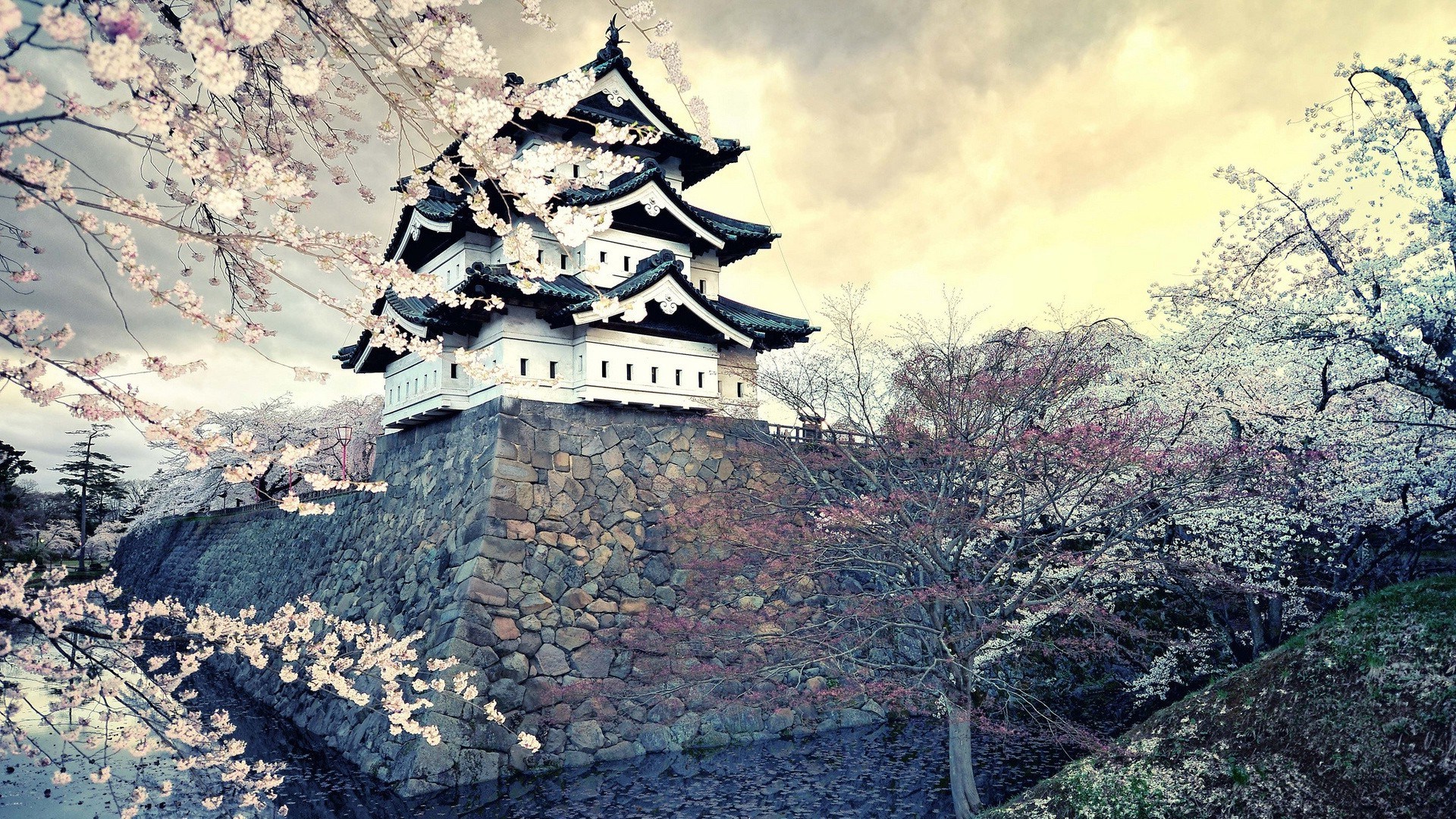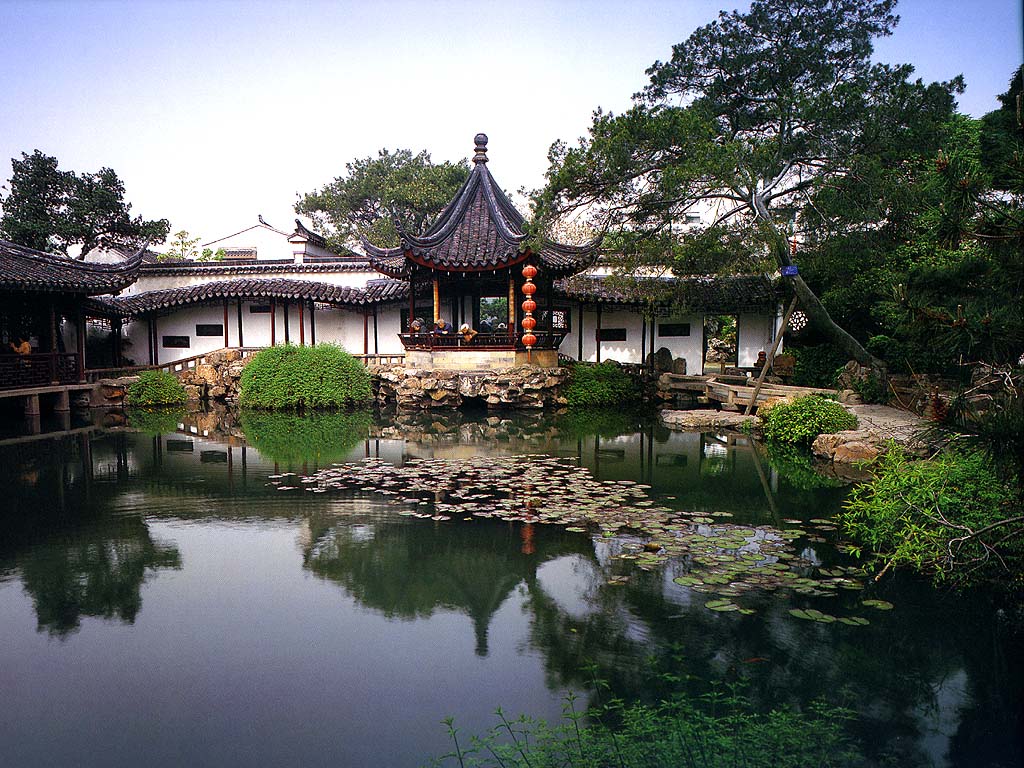


Rising consciousness concerning this issue in Japan led to the formation of numerous voluntary civil farming programs. The degradation of the traditional cultural landscape due to abandonment of agricultural management is perceived as a serious problem in different parts of the world. Addressing the motivations of the volunteers on an emotional, esthetic or social level could be a promising way forward. In Western countries (mainly in Central Europe or North America), nature conservation works on a more 'scientific' level, mobilizing engagement through scientific evidence on, for example, losses of species or biodiversity. Future studies should therefore take a closer look at the connection between spirituality/religiosity and engagement in nature conservation activities. To what extent spirituality is the cause for or an effect of involvement in nature conservation activities cannot be concluded from this survey. Even more significant in this respect was the difference between female tenants and female visitors. A higher percentage of people who can imagine that such spirits are always present have been found among the tenants than among the visitors. Interestingly, there is also a difference regarding the belief in nature spirits. The active tenants, however, differ from the 'passive' visitors in their ecological interest and emotional attachment to the area. Our results show that in the Ownership System of O ˉ yamasenmaida (Chiba Prefecture, Japan) landscape beauty is the main motivator for the mainly urban volunteers (the 'tenants') to participate in activities of the local Preservation Association, as well as for visitors who merely come to enjoy the scenery of the rice terraces. This paper pursues the question as to how far esthetic and spiritual values influence the motivation to participate in collective agricultural actions aiming at the conservation of traditional land use systems, the respective cultural (= traditional rural) landscapes and their biocultural diversity. Japan's rice terrace landscapes are not only used for food production but also appreciated as a place of high biocultural value.


 0 kommentar(er)
0 kommentar(er)
